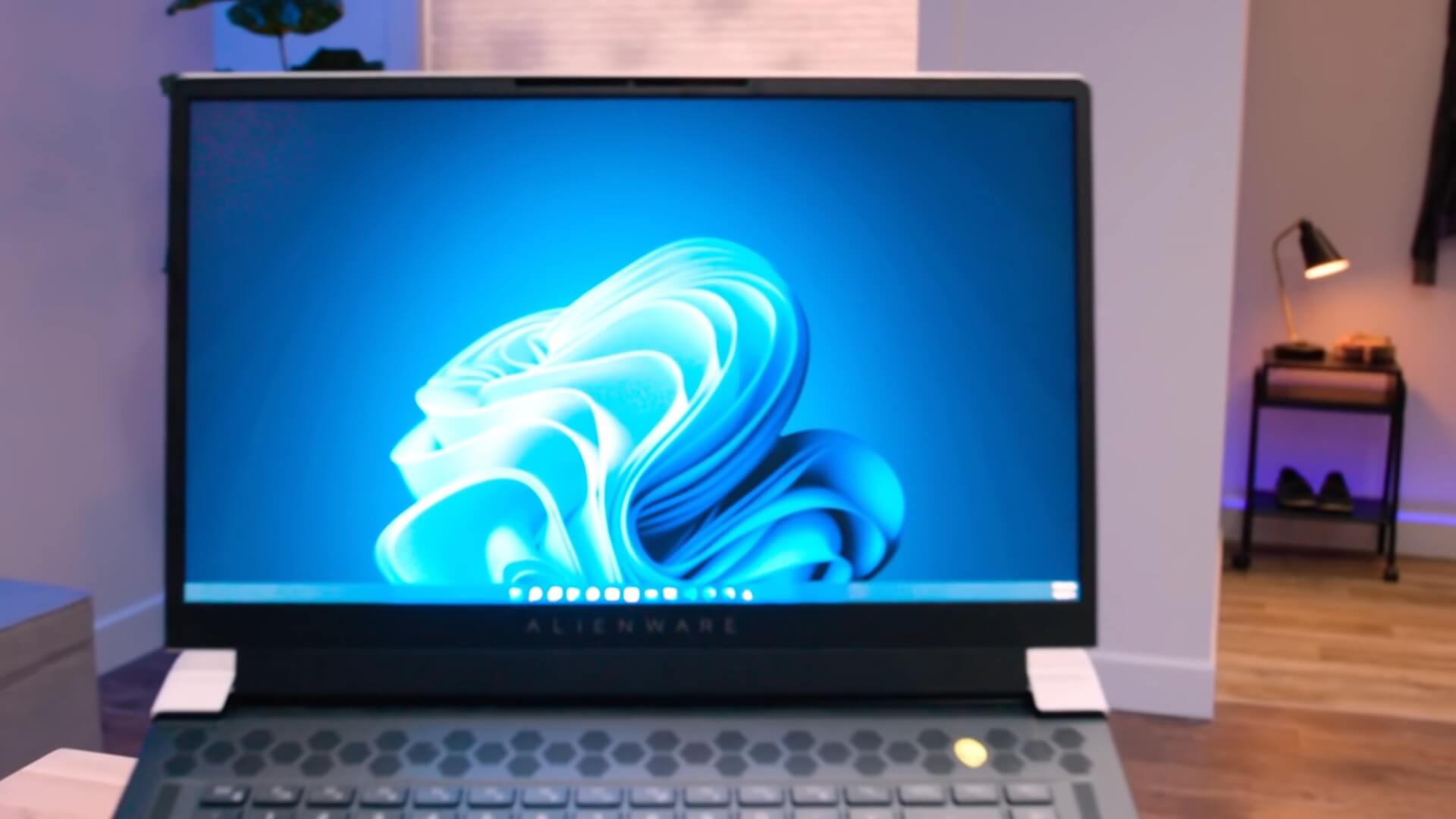Here is an example of a possible enhancement of the SRP approach (includes a nice video) via deep learning:
https://ai.sophos.com/presentations...-learning-architecture-for-malware-detection/
In standard SRP solutions, the paths of executables are blocked or whitelisted. This can be overridden by hash or certificate rules. One can enhance this simplistic approach in many ways. Some of these possibilities are included in the above presentation. Another way is used in the H_C by creating smart rules integrated with Forced Smartscreen. This approach is kinda similar to the approach used in Microsoft Defender Application Control with Microsoft ISG (file reputation lookup). In Windows 11, Microsoft announced adding ISG reputation feature to Defender's Security Center:
Windows 11 Sun Valley 2 (version 22H2) is set to launch in a few months and it’s shaping up to be a fantastic update that brings back removed features, improves the user interface, and adds new features to the operating system. One of the new addition is a new security tool that will prevent...
www.windowslatest.com
Of course, this new Defender setting will be also beneficial to SWH if one will be able to live with many false positives.
SWH does not protect against PE malware (EXE, DLL, etc.) and ISG just does it.

For now, similar protection can be applied by SWH + Defender with ConfigureDefender MAX settings.





